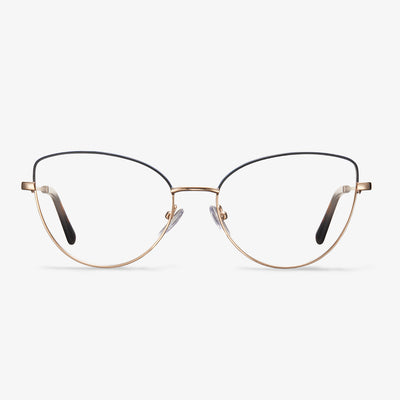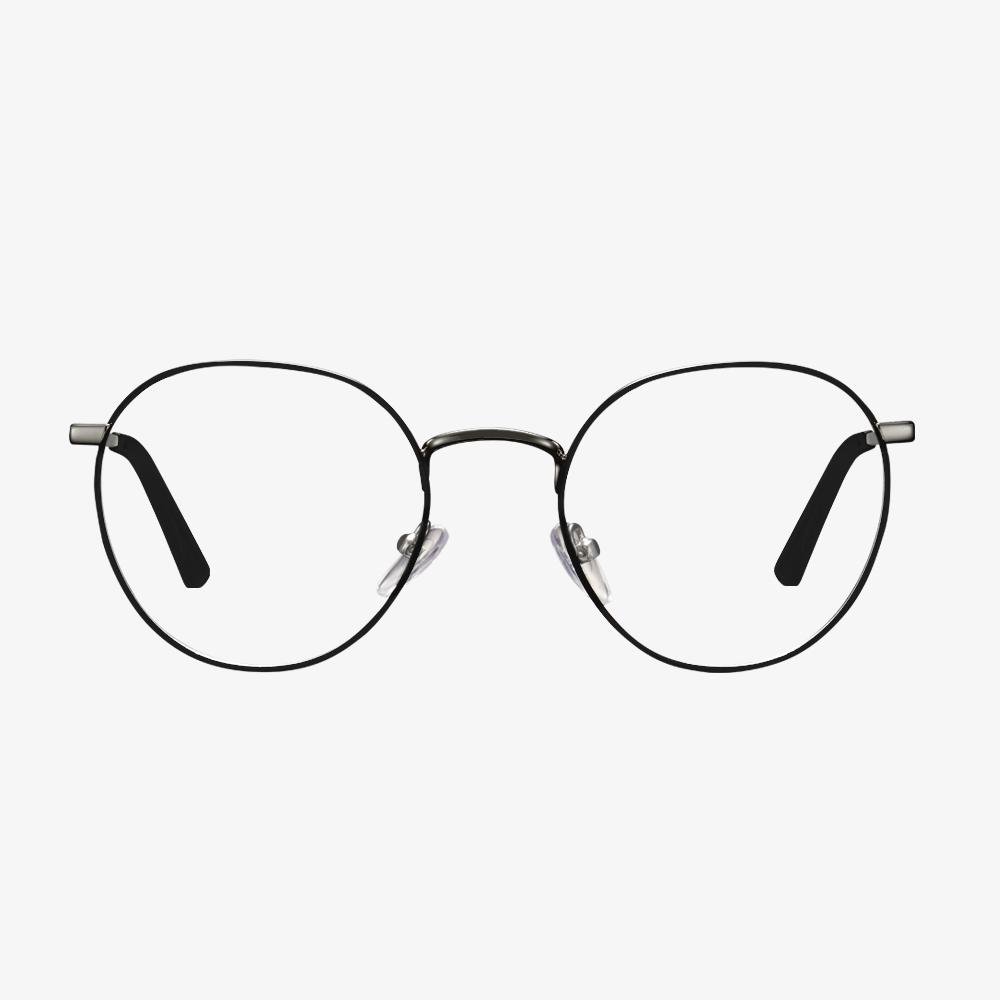Progressive Lens
Standard progressive lenses are multifocal lenses with three observation areas, farsightedness, intermediate vision, and nearsightedness. Unlike bifocals, there are no visible lines between each viewing area. They have a seamless, invisible design, where the optical power changes 'gradually' throughout the lens. Many people confuse 'bifocal' or 'trifocal' with 'progressive' but remember that bifocals and trifocals have visible lines in the lens, while progressive lenses do not. Because progressive lenses have no lines in the lens, they are more popular multifocal lenses than bifocal lenses.
The main observation area of the progressive lens is a far distance, the smaller area at the bottom of the lens is used for myopia, and the middle area in the middle is smaller. Standard progressive glasses are very suitable for general purpose glasses, focusing on hyperopia activities (such as driving and walking) and sufficient area in the lenses for nearsighted activities (such as reading and computer use). The left and right sides or 'convex corners' of the lens are deliberately blurred to achieve an invisible design. The clearest line of sight in the gradual process is from the center to the top of the lens.
The cost of an eye exam
If you have a Walmart Vision Center near you and you need a new or updated prescription, you can schedule your eye exam there. Some vision centers have independent optometrists who work in offices next to Walmart. An eye exam at Walmart costs about $73, depending on where you live. Call your nearest Walmart Vision Center to get the exact price of an eye exam.
The function of eyeglasses cloth
Under a powerful microscope, the fibers of the cloth are more closely arranged than those of ordinary cloth, and the material itself is softer than ordinary cloth. That's because eyeglasses under the eye are almost always coated, with each standard lens having seven layers of different functions on the front and back surfaces, to extend lens life. It can thoroughly remove the stubborn stains left on the lens to make the picture clear. It can clean all kinds of glass, resin, and other materials of glasses, glass mirrors, and other mirror surfaces, remove stains, and grease absorption.
Why should children be more vigilant about harmful blue lights?
The amount of light transmitted to the retina through media such as the cornea, lens, and vitreous is age-related. Blue light poses the greatest risk and damage to the eyes during adolescence. As our eyes' refractive media naturally yellows, more blue light is absorbed, preventing it from reaching the retina. The lens transmittance of children under the age of 10 is more than six times higher than that of adults. It is important to prevent the damage of blue light to children's visual health.
The refractive index of lens
Refraction law is discovered by Dutch mathematician Snell.It is the law that determines the direction of refracted light in the phenomenon of light refraction. When the light from the first medium (refractive index N1) into the second medium (refractive index N2), part of the light from the first medium into the second medium at the smooth interface will be refracted. The index of refraction is the ratio of the speed at which light travels in a vacuum to the speed at which light travels in the medium. For glasses lenses, the higher the refractive index, the thinner the lens, that is, the lens with the same center thickness and the same degree, the lens with the higher refractive index has thinner edges than the lens with the lower refractive index of the same material.
Superior properties of titanium alloy
The specific strength (strength/density) of titanium alloy is far higher than other metal structural materials, which can produce high unit strength, good rigidity parts.The engine parts, frames, fasteners, and landing gear are all made of titanium.It can still maintain the demanded strength at medium temperature and can work for a long time at 450 ~ 500℃.
Who should wear blue light glasses?
Teenagers, middle-aged and old people need to wear blue light glasses. The lens of a teenager is clear, pure, and still developing. Their eyes are less resistant to blue light than adults and are more vulnerable to long-term exposure to blue light, which can promote the development of myopia. Teenagers study more nervous, are free to love to play computer games, love to watch TV programs. Blue light damage can be said to be everywhere. As a result, teenagers are among the biggest victims of blue light. Macular degeneration is a common disease in the elderly, usually occurring after the age of 45, and the incidence increases with age. Blue light can accelerate the progression of macular degeneration, especially in patients following cataract surgery. Blue-blocking glasses are still the best preventative measure.

















































